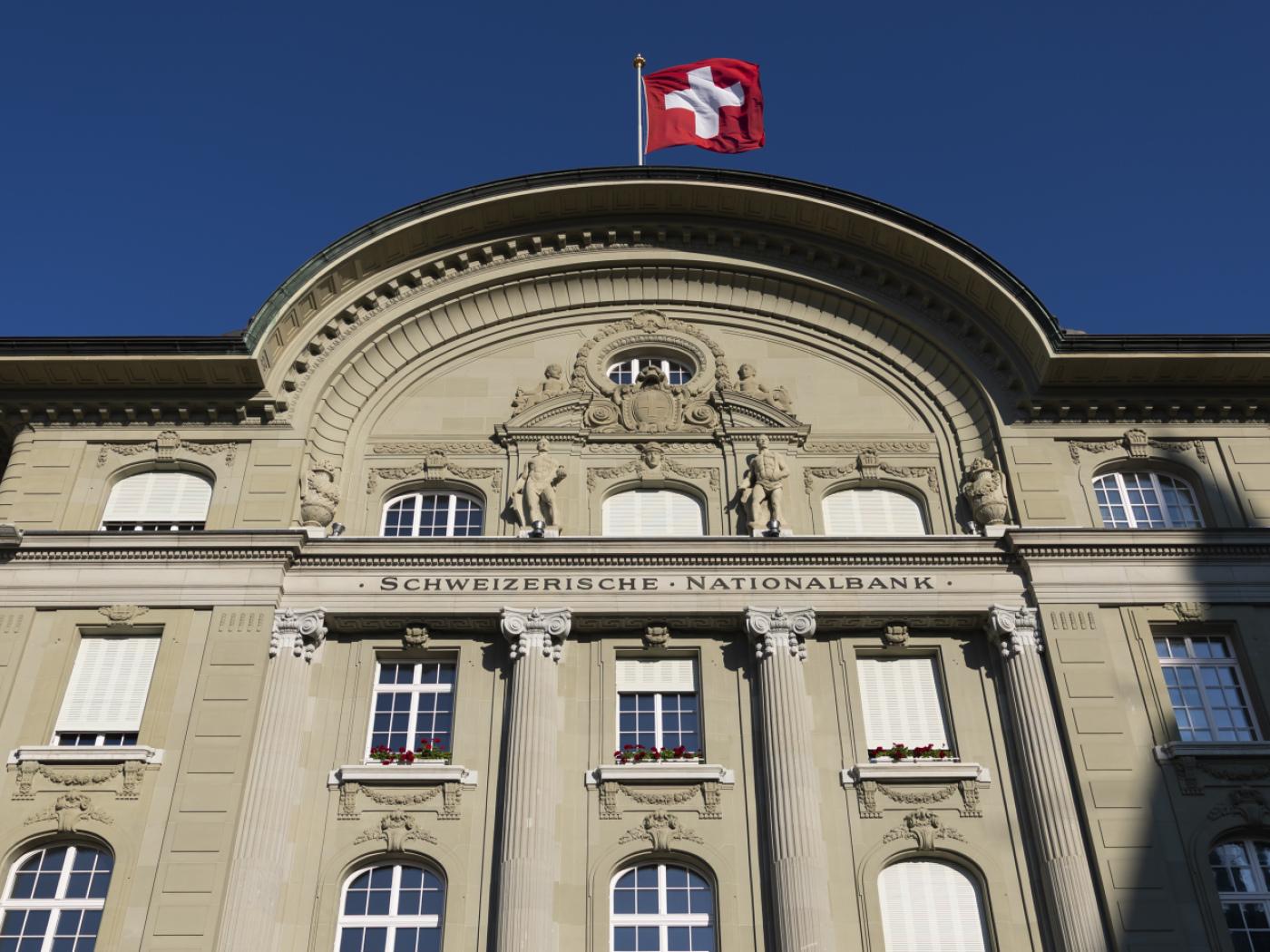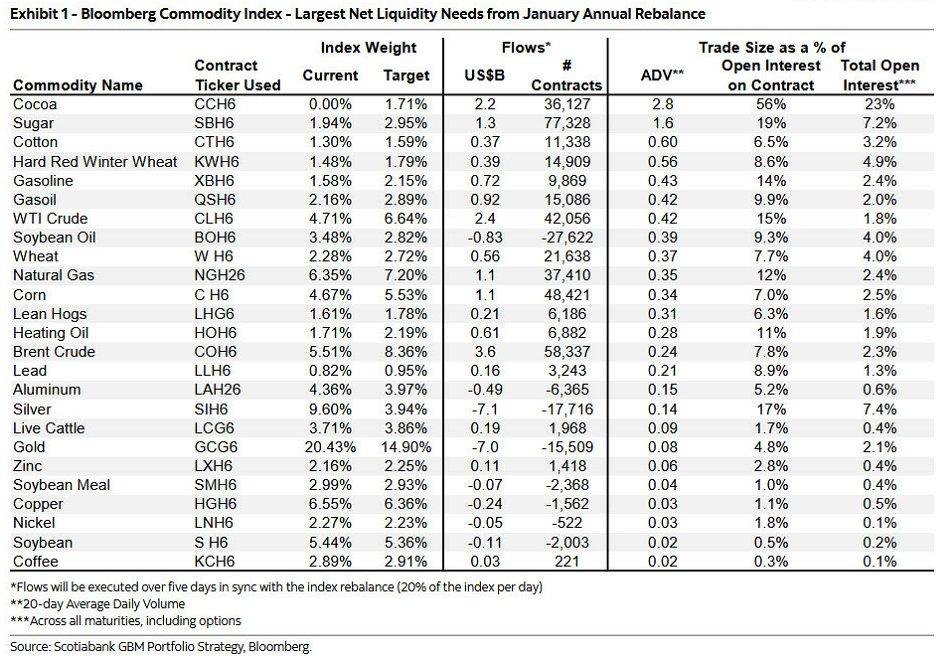Bologna, a city in northern Italy, is considered by many scholars to be the oldest university city in the Western world. Its university—the Alma Mater Studiorum—dates back to the year 1088. From the very beginning, the University of Bologna specialized in the analysis of law, especially in the study of canon law (the set of laws and decrees concerning the clergy and religious matters). Bologna became the home of famous jurists who studied and analyzed the laws issued in Rome by the Pope.
Later, during the Spanish Golden Age, the Catholic university city of Salamanca specialized in the study of economic sciences by developing innovative theories that are considered by many, such as Marjorie-Grice Hutchinson, as the first historical examples of liberal-libertarian economic theory. The purpose of this article is to show the importance that the work of the Bolognese jurists had in the development of the “proto-libertarianism” of the Salamantine theologians.
One of the great medieval battles of the Catholic Church was the one against usury and against various commercial practices considered illegitimate (interest on loans, insurance on trade, exchange of bills of exchange, etc.). The popes of the time issued several bulls that were the subject of study for jurists from all over Europe, including those from Bologna. The main Bolognese canonical jurists were Giovanni d’Anagni, Baldo degli Ubaldi, Giovanni Calderini, and Gaspare Calderini.
Two or three centuries earlier, the jurists of Bologna began to analyze and consider the economy in a different way from the traditional one which, in turn, would influence the School of Salamanca. This included thinkers such as Francisco de Vitoria, Martín de Azpilcueta, Juan de Mariana, and many others. They articulated, because of the development of global trade due to the discovery of the Americas, economic thought that might be characterized as proto-Austrian.
The main theoretician of what also might be called this “proto-libertarianism” is Martín de Azpilcueta. Azpilcueta, in his Comentario resolutorio de cambios, dealt with trade and argues that many economic practices condemned by ecclesiastical leaders are actually licit and legitimate. He also went a step further—he studied the nature of money and enunciates a primordial Austrian monetary theory.
The “libertarian revolution” of economic thought brought about by Martín de Azpilcueta has its roots precisely in the studies of the previous Bolognese canonical jurists, who in the Comentario resolutorio de cambios are collectively cited under the name of Bononienses. This demonstrates that, in Bologna, there was a particular legal school to which the Salamantine theologians referred for their theories. But he does not simply cite the Bolognese jurists in general, he precisely cites some of them, for example, the aforementioned Giovanni and Gaspare Calderini, Baldo degli Ubaldi, and Giovanni d’Anagni (reported as Johannes Annanias), in order to justify his theses from a legal point of view. This was because these scholars were the first in their works to point out the legitimacy of some practices commonly considered immoral.
Of particular importance to Azpilcueta are the Calderini, who are mentioned more often in his work than the others for various reasons. As can be read in the Comentario resolutorio de cambios, their work, Consilia, siue responsa, is cited to legitimize the trade of bills of exchange, forms of interest, and—most important of all—Azpilcueta, explicitly writes that the fact that the abundance of money decreases its value had already been declared by the Calderini. It should therefore be noted that Azpilcueta’s intellectual work in constructing a primordial proto-Austrian economic science has its roots in the studies of Bolognese jurists, especially Giovanni and Gaspare Calderini.
In conclusion, we should not claim that what Azpilcueta and others of the Salamanca School developed was “taken away” from the Bolognese jurists, but rather that the jurists of the university of Bologna had a very important role in building the legal and intellectual terrain suitable for allowing their Spanish colleagues to understand and expound a primordial, proto-Austrian economic theory.
Full story here Are you the author? Previous post See more for Next postTags: Featured,newsletter





























